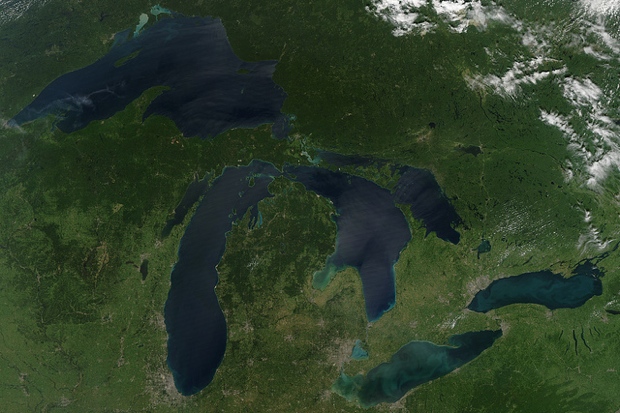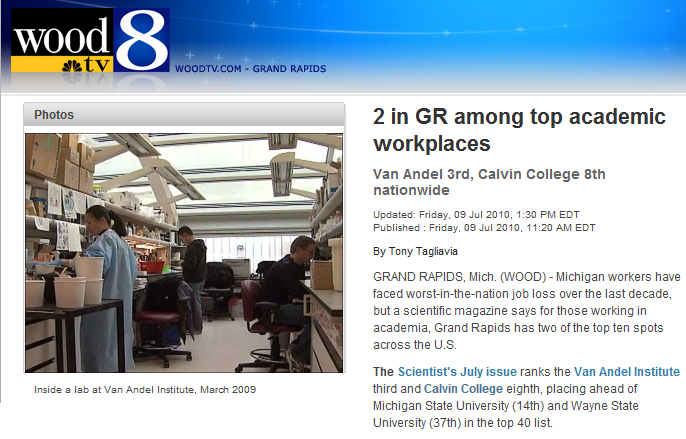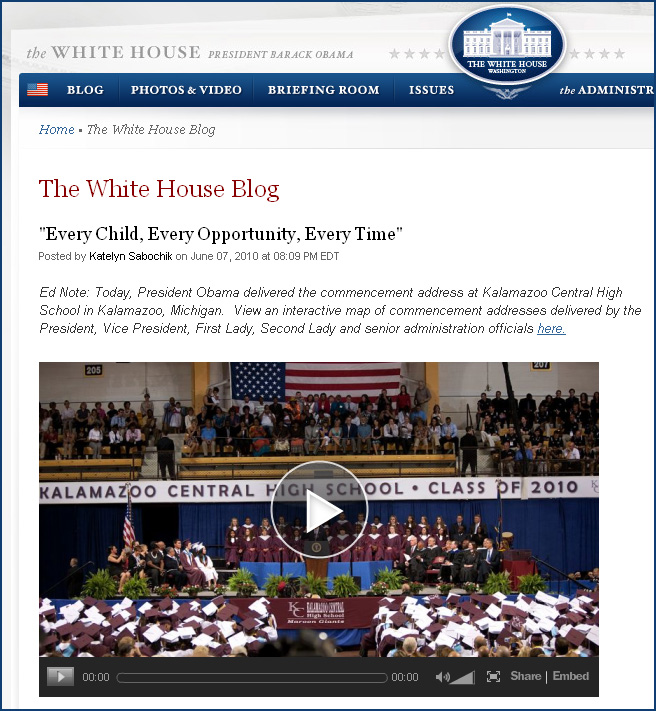David I. Smith
Director, Kuyers Institute for Christian Teaching and Learning
Professor, Department of Germanic and Asian Languages
.
Our efforts to think about teaching and learning in a Christian manner have often been focused on broad philosophical questions and principles, leaving open the task of relating these to the daily work of the teacher. This workshop, to be held at Calvin College and led by David I. Smith, Director of the Kuyers Institute, will explore how a closer examination of the nature of practice can shed light on the calling of the Christian teacher and on what might be Christian about a school or classroom, not merely in terms of conveying Christian ideas but rather in terms of shared practices. Participants will study and discuss recent work on the nature of social practices and of Christian practices. We will focus on how our participation in shared practices relates to formation in the classroom, and how the choice and design of such practices relates to Christian faith.
Further information:
The Kuyers Institute will offer its Teaching as a Christian Practice summer workshop, during July 11-15, 2011, at Calvin College.
The workshop is open to P-12 educators from any subject area and to Christian faculty in higher education (especially, but not limited to, education departments). The participation fee for the workshop is $100; both graduate credit from Calvin College and Michigan SB-CEUs are available at an additional cost. Thanks to a grant from the Valparaiso Project on the Education and Formation of People in Faith, the cost of study materials and lunches during the workshop will be covered, optional graduate credit will be available at a discounted rate, and a limited number of needs-based scholarships (up to $300 each) will be available to defray accommodation and travel costs for out-of-town participants. Attendance will be limited to 20 participants.
The workshop will explore how a closer examination of the nature of practice can shed light on the relationship between faith and learning. Our efforts to think about teaching and learning in a Christian manner have often been focused on broad philosophical questions and principles, leaving open the task of relating these to the daily work of the teacher. This workshop will examine what recent discussions of Christian practices have to do with schools and classrooms: can an exploration of Christian practices help us to discern the calling of the Christian teacher and to articulate what might be Christian about a school or classroom? Together we will explore what it might mean to approach Christian teaching and learning not merely as the conveying of Christian ideas, but as a shared Christian practice. While the workshop will place a strong emphasis on practical application, an interest in thinking broadly about issues of faith and learning is a prerequisite.
Also see:
- Seminars in Christian Scholarship — including the Kuyers Institute fall conference, Education as Formation: Christian Approaches



















